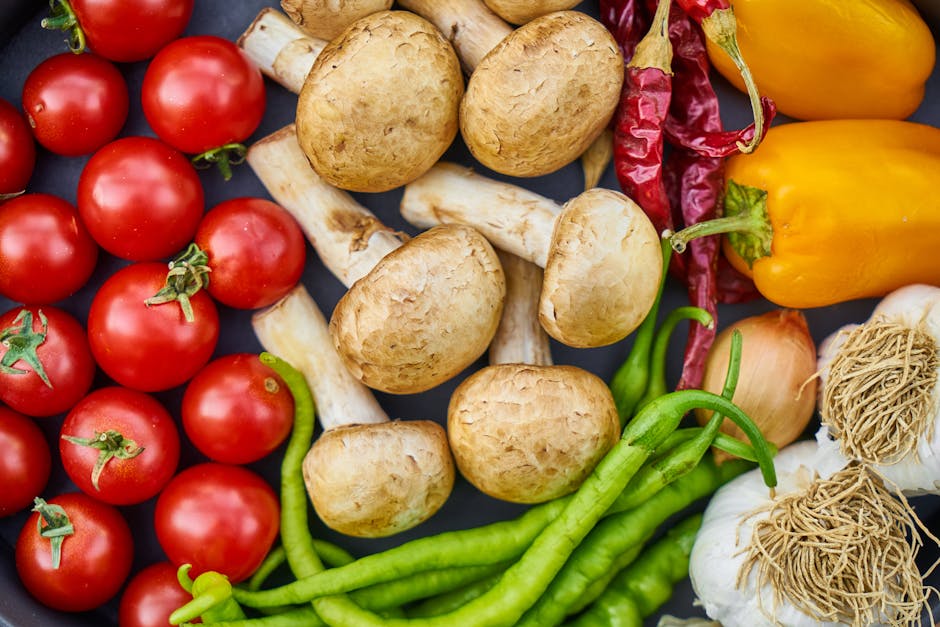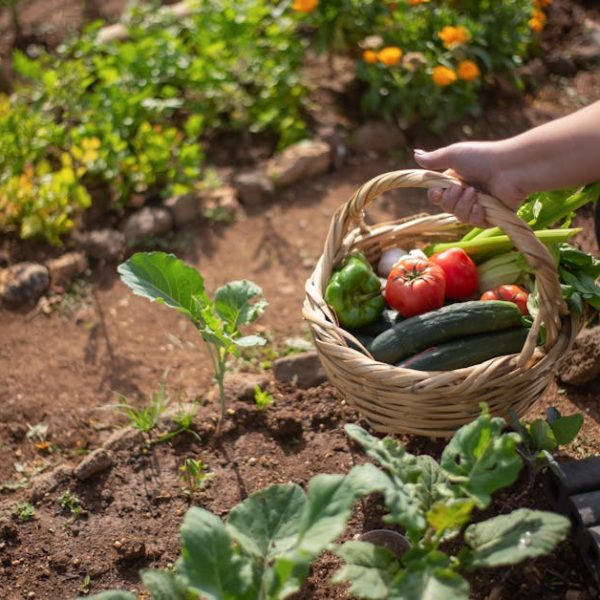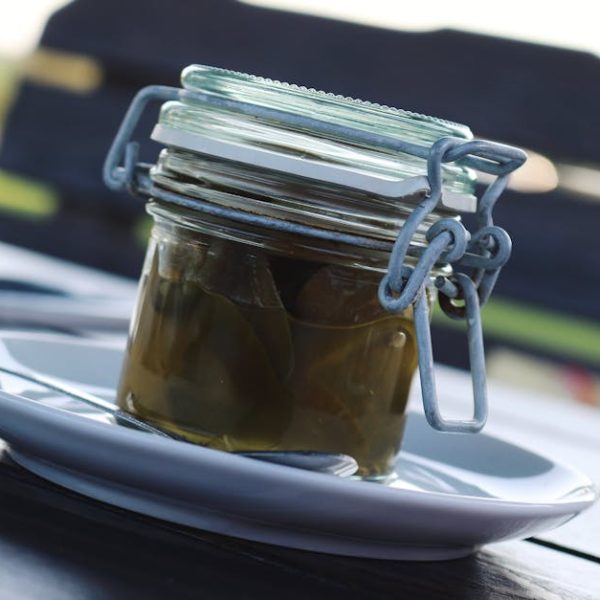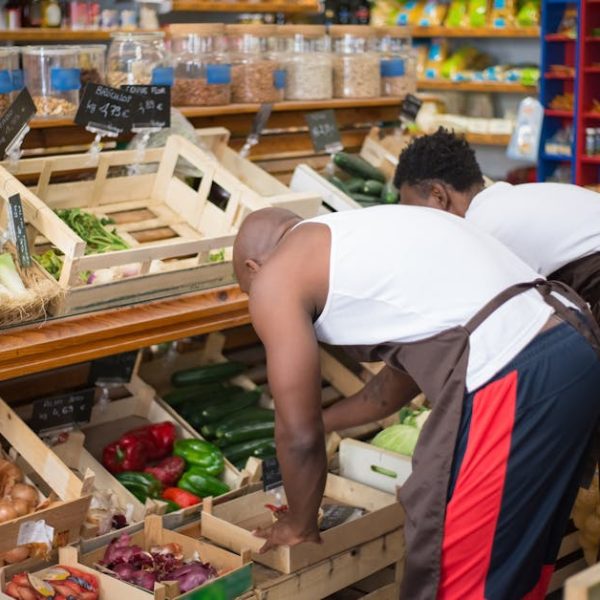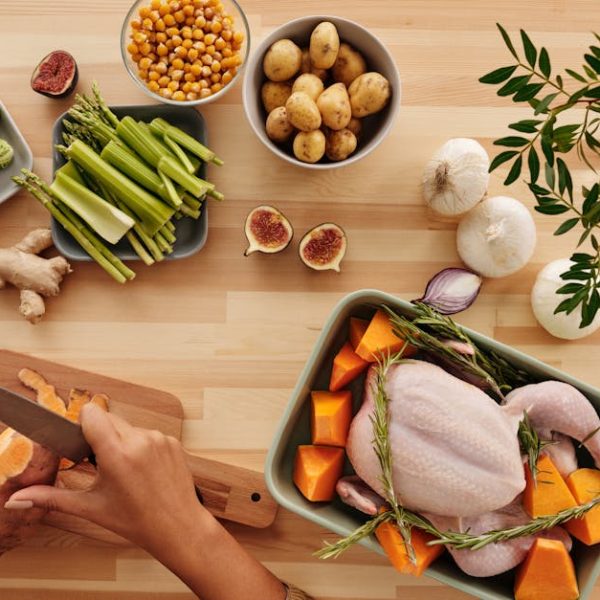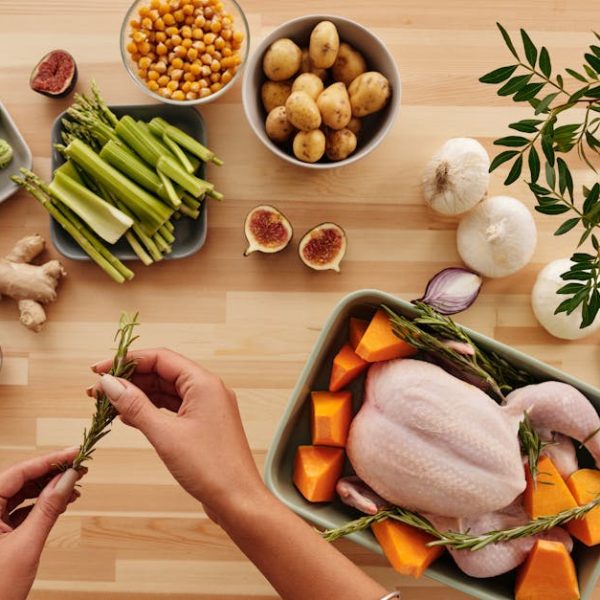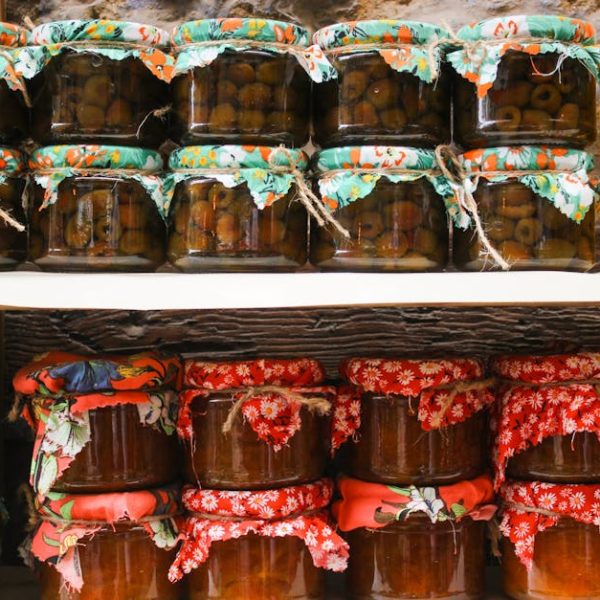Preserving food by canning not only helps extend their shelf-life, but also allows you to savour the tastes of the season, all year round. Among the various foods you can can, mushrooms, with their multifaceted flavour profile and versatile culinary applications, are an excellent candidate.
Understanding the Basics of Mushroom Canning
Firstly, it’s crucial to understand the basics of canning before starting your mushroom preservation journey. Canning is a preservation process that involves packing foods into canning jars, sealing them to create a vacuum which inhibits bacterial growth, and heating the jars to kill any potentially harmful microorganisms.
One of the primary reasons many people choose to can mushrooms is to enjoy their distinct flavours even during off-seasons. Moreover, due to their water content and unique texture, mushrooms take to canning exceptionally well, making them a fantastic choice for later use in sauces, stews, sautés, and more.
Starting with the appropriate canning needs is critical. Essential canning equipment includes:
- High-quality canning jars with two-piece lids
- A jar lifter
- A funnel
- A pressure canner (especially for mushrooms due to their low acidity)
Pro Tip: When it comes to choosing mushrooms for canning, opt for fresh, undamaged specimens. More often than not, farmers’ markets will have a bounty of mushrooms, offering varieties that may not be available in your typical grocery store.
Quick Tips for Effective Mushroom Canning
Transitioning into the canning process, here are some practical and actionable steps:
Ensure Cleanliness: Before you begin canning, make sure your mushrooms are clean. A gentle wipe with a damp cloth will suffice. Avoid soaking them as mushrooms can easily absorb water and lose flavor.
Sterilize Your Jars: Sterilization is crucial to avoid contamination. This can simply be achieved by boiling your jars and lids in water for at least 10 minutes.
Pack the Jars: You can choose to either raw pack or hot pack your mushrooms. Raw packing involves filling the jars with raw mushrooms, while hot packing means you pre-cook the mushrooms before packing them.
Pressurize Your Mason Jars: Place your jars inside the pressure canner, close the lid securely and start heating. Maintain a specific pressure for a certain period based on your recipe.
The Cool Down: Once your jars are thoroughly processed, turn off the heat, and let the canner cool down naturally. Only when it’s sufficiently cool should you remove your jars.
Raw Packing vs Cooked Packing of Mushrooms
- Raw Packing: Less time-consuming; mushrooms retain more of their original texture.
- Hot Packing: More labor-intensive; mushrooms are a bit cooked already, which is great for immediate use in recipes.
Coming up are some fantastic recipe ideas for your canned mushrooms, along with tips for storage and use. But the essence is that with a bit of time, patience, and these practical tips, you can easily preserve your mushrooms and enjoy them throughout the year.
Different Methods of Mushroom Canning: Pressure Canning vs Water Bath Canning
Choosing a canning method is a crucial part of the process. Two commonly used methods for mushroom canning include pressure canning and water bath canning.
Pressure canning is the only safe method for canning low-acidity foods like mushrooms, which do not have the sufficient acidity to neutralize all bacteria, yeasts and molds during the canning process. Hence, a pressure canner, which reaches temperatures beyond boiling point, is mandatory to destroy these harmful elements.
On the other hand, water bath canning is most appropriate for acidic foods, think pickled goods, jellies, fruits, and tomatoes. With water bath canning, the jars filled with food are placed into a large pot of boiling water, where they’re left to heat for a specific duration to kill microorganisms. This method is not recommended for mushrooms due to their low acidity.
Pressure Canning vs Water Bath Canning:
| Pressure Canning | Water Bath Canning |
|---|---|
| Best for low-acidity foods (like mushrooms) | Best for high-acidity foods (like fruits and pickles) |
| Requires a pressure canner | Requires a large pot with lid |
| Hits temperatures beyond 100℃ | Reaches only up to 100℃ |
5 Delicious Canned Mushroom Recipes
Now that we’ve canned our mushrooms, let’s put them to use! Here are five delicious recipes to draw inspiration from:
- Mushroom Ragu: Sauté your canned mushrooms with onions, garlic, and your favourite herbs. Add a splash of red wine and tomato paste, simmer and serve over pasta.
- Mushroom risotto: Use your canned mushrooms as the star in a creamy risotto, paired with Parmesan cheese and a hint of white wine.
- Hearty mushroom stew: Winter calls for a bowl of warming stew, featuring your canned mushrooms, along with other veggies and chunks of meat.
- Sautéed mushrooms on toast: For a quick breakfast, simply sauté your mushrooms in butter or olive oil, season and spoon over warm, crusty bread.
- Mushroom and spinach lasagna: Use your canned mushrooms as the foundation for a hearty lasagna, layered with pasta sheets, a creamy béchamel sauce, spinach, and a generous helping of cheese.
Pro Tip: Pair these mushroom dishes with wines such as Pinot Noir or Cabernet Sauvignon for a fine dining experience.
Storing and Using Your Canned Mushrooms
Your canned mushrooms should ideally be stored in a cool (below 70°F), dark place to ensure maximum shelf life. They should be good for at least a year, but remember to check for signs of spoilage such as leaking, bulging lids, or an off smell before using them.
Incorporate your home-canned mushrooms in a plethora of dishes, varying from pizzas, pastas, stir-fries, to soups and stews, etching their distinctive flavours into your memory.
Best Practices: When consuming your canned mushrooms, remember to:
- Check for signs of spoilage before opening your jars
- Discard the contents if you see mold, bubbles, or if the lid explodes upon opening
- Always heat your canned mushrooms before consumption to kill any possible remaining toxins.
Now that you’re equipped with these tips, recipes, and safety precautions, mushroom canning should be a breeze for you. Happy canning!
Key Takeaway:
- Canning is a beneficial preservation process that is highly effective for mushrooms because it enables their flavours to be enjoyed all-year round.
- Proper canning equipment and fresh, quality mushrooms are essential for successful mushroom canning.
- The canning process involves ensuring cleanliness, sterilizing jars, packing the jars effectively, and pressurizing, with options of raw packing or hot packing.
- Mushroom canning requires pressure canning due to their low-acidity, and there are helpful comparison points between pressure canning and water bath canning.
- Canned mushrooms can be delightfully used in several recipes, with a few provided as examples.
- Storage and usage best practices of canned mushrooms are crucial to ensure their longevity and safe consumption.
With these quick and easy tips, the art of mushroom canning is would be an effortless addition to your culinary skills. Be patient and meticulous in your canning process, muster up creativity in your kitchen, and you’ll unlock the joy of having delicious mushrooms year-round.
FAQs
Q: How long do canned mushrooms last?
A: When stored properly in a cool and dark place, your canned mushrooms should comfortably last for at least a year. Always check for signs of spoilage before consumption.
Q: Can I use other methods of canning mild-acidic foods like mushrooms?
A: For mushrooms and other low-acidic foods, pressure canning is the recommended method. It ensures all harmful organisms are destroyed, offering safe preservation.
Q: Do mushrooms lose their flavor after canning?
A: When canned properly, mushrooms retain much of their distinct flavour. Be careful not to soak them in water before canning, as this could dilute their taste.
Q: Can canned mushrooms be eaten straight out of the jar?
A: It is advisable to heat your canned mushrooms before eating to destroy any potential remaining toxins. Always check for signs of spoilage before consumption.
Q: Can I substitute fresh mushrooms with canned ones in my recipes?
A: Absolutely! Canned mushrooms can be a great substitute in recipes ranging from pizzas and pastas to stews and soups. They will add a delightful bit of preserved taste to your dishes.
We encourage you to share this article with your circle and explore more interesting posts on our website.
